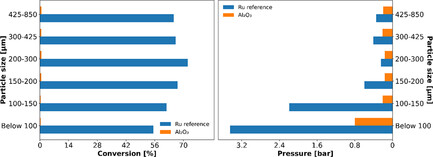Journal list menu
Export Citations
Download PDFs
Table of Contents
Challenges in Laboratory Catalytic Testing for Ammonia Decomposition under Industrially Relevant Conditions
- First Published: 09 December 2023
Cost Optimization of Compressed Hydrogen Gas Transport via Trucks and Pipelines
- First Published: 08 November 2023
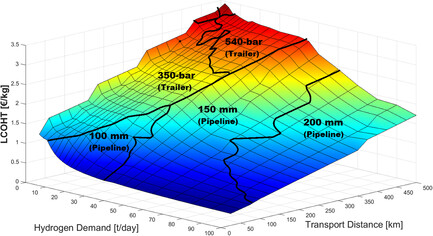
This research aims to identify the most cost-effective transportation method by analyzing factors like pressure levels, trailer capacities, pipeline diameters, and distances, with a focus on Europe. Five delivery modes are assessed, and the study models their design and costs. It provides a foundation for transport feasibility assessments and highlights the cost-effectiveness of trailers and pipelines based on various factors.
TransHyDE - Developing Solutions for Designing Ideal Hydrogen Infrastructures to Maximise Efficiency and Resilience
- First Published: 05 February 2025
Guidance for the Sustainable and Long-term Use of LNG Terminal Sites as Logistics Hubs for Hydrogen and Its Derivatives
- First Published: 05 February 2025
A Network Modeling Systematics for Transition Paths Toward Climate Neutral Gas Networks—NeMoSys ['nεmɒsis] –
- First Published: 08 January 2024
![A Network Modeling Systematics for Transition Paths Toward Climate Neutral Gas Networks—NeMoSys ['nεmɒsis] –](/cms/asset/51a59f14-76f8-4bb9-b7ac-94f3e0a106e8/ente202300977-blkfxd-0001-m.jpg)
This article discusses challenges in modeling complex energy systems, focusing on the importance of high spatial and temporal resolution. It proposes a systematic framework for gas network modeling, addressing dimensions, influencing factors, data requirements, development steps, and assessment criteria. The goal is to establish a practical, consolidated network modeling systematics with plans for open-access collaboration and ongoing development.
Renewable Ammonia for Global Energy Transition
- First Published: 21 August 2024
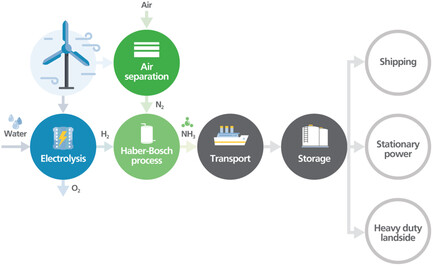
Green ammonia has immersed as an up-and-coming zero-carbon solution for the hydrogen economy. This essay will highlight the favorable properties, status of technology of ammonia production as well as direct utilization as a renewable fuel for shipping, heavy-duty and stationary power generation. Ammonia enables short-term measures to replace fossil fuels and to open up economic avenues for a fast-track decarbonation.
Development of a Spherical High-Pressure Tank for Hydrogen Storage in Mobile and Stationary Applications
- First Published: 23 July 2024
TransHyDE-Sys: An Integrated Systemic Approach for Analyzing and Supporting the Transformation of Energy Systems and Hydrogen Infrastructure Development
- First Published: 16 January 2024
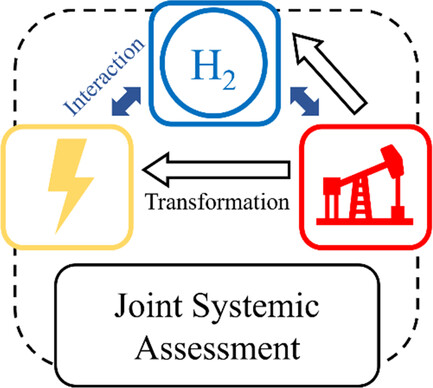
The increasing use of hydrogen as an energy carrier is expected to have strong repercussions on the energy system. This review introduces key political and economic challenges, discusses the systemic and stakeholder perspectives, and provides a state-of-the-art analysis of energy system modeling for hydrogen infrastructure planning, identifying research gaps that are addressed in TransHyDE-Sys.
Large-Scale H2 Storage and Transport with Liquid Organic Hydrogen Carrier Technology: Insights into Current Project Developments and the Future Outlook
- First Published: 23 January 2024
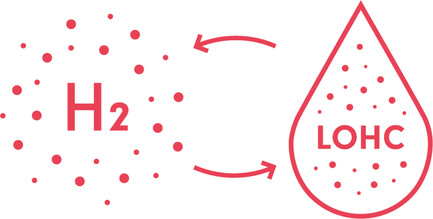
The liquid organic hydrogen carrier (LOHC) technology represents an excellent solution for large-scale storage and safe transportation of hydrogen. This article presents LOHC technology, recent progress, as well as further potential of this technology with focus on benzyltoluene as the carrier material.
Fine Gas Purification Approaches for High Purity Hydrogen Production from Ammonia
- First Published: 05 January 2024
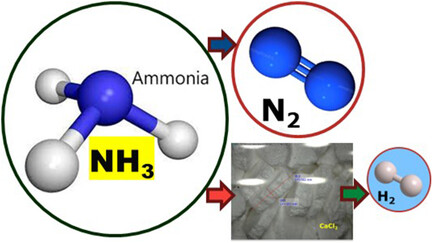
Green hydrogen economy through green ammonia is viable if things are done right. NH3 offers 4× hydrogen energy per unit volume compared to hydrogen itself. Sustainable fine gas purification can be performed as enumerated. It is indeed possible to have best of three worlds namely, high NH3 energy density, fuel cell grade (>99.999%) H2, and useful agricultural feedstock sourced from residue.
Aspects of Ammonia as Green Fuel for Propulsion Systems of Inland Water Vessels
- First Published: 02 May 2024
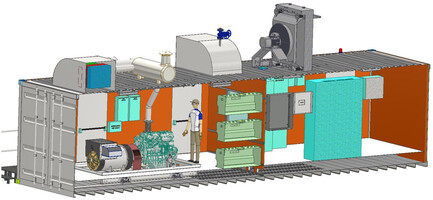
Within the CAMPFIRE project, an ammonia-powered propulsion concept is being developed for use in inland water vessels. The core of the system is an ammonia-fueled high-speed engine that drives a generator. A cracker splits some of the ammonia into hydrogen and nitrogen to ensure better ignition and efficient combustion. This system is initially tested in continuous operation in a container testbench.
Germany's Way from Russian Natural Gas to Green Hydrogen: Network Data, Procedures, and Topologies for Feasible Transition Paths to a Green Hydrogen Transport Infrastructure in Germany, GreenHyDE [gri:n'haɪ̯də] –
- First Published: 22 May 2024
![Germany's Way from Russian Natural Gas to Green Hydrogen: Network Data, Procedures, and Topologies for Feasible Transition Paths to a Green Hydrogen Transport Infrastructure in Germany, GreenHyDE [gri:n'haɪ̯də] –](/cms/asset/d9097689-77db-438c-8123-fcc3ea5eedf1/ente202300976-blkfxd-0001-m.jpg)
The diagram illustrates a toolchain for developing hydrogen and methane infrastructures. To simulate these networks, input data undergoes preparation through various spheres, including scenario data and network topology. Subsequently, within the network simulation sphere, data is refined for fluid dynamic verification of the networks.
Modeling Transformation Pathways of European Final Energy Consumption in the Transport and Buildings Sector Using Country Clustering
- First Published: 27 February 2024

To achieve the European Union's (EU) climate goals, the final energy consumption of its transport and buildings sectors must be transformed. In this study, two transformation pathways, a common European and a country cluster-specific, considering sector-specific clusters, are developed and modeled. The results show that the cluster-specific approach is essential to address actors’ unique challenges of the transformation process.
Hydrogen Infrastructure in the Future CO2-Neutral European Energy System—How Does the Demand for Hydrogen Affect the Need for Infrastructure?
- First Published: 16 September 2024
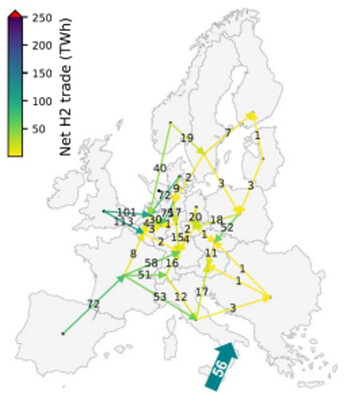
The fast roll-out of hydrogen generation, transport, and storage infrastructure has become a top priority of the European Union and its member states. An energy systems analysis is conducted with high temporal and spatial as well as technological resolution to identify robust elements of Europe's future hydrogen infrastructure.
Process Engineering Analysis of Transport Options for Green Hydrogen and Green Hydrogen Derivatives
- First Published: 08 March 2024

In this article, different import options of green hydrogen to Germany are investigated from a technical point of view. The import options include liquid hydrogen, liquid methane, ammonia, liquid organic hydrogen carriers, and methanol. In addition to the energy utilization rate, further criteria, like world trade and existing shipping infrastructure, as well as technological maturity of the import options are discussed for a technical evaluation.
Energy Efficient Transshipment of Ammonia: A Numerical Study of Various Terminal Concepts
- First Published: 20 November 2023
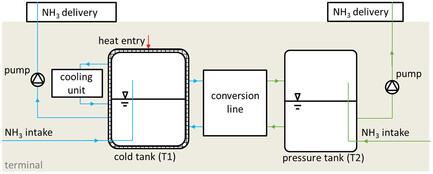
In the context of large-scale energy imports and exports via maritime routes, ammonia emerges as a promising renewable energy carrier. In this study, the efficiency of various ammonia terminals, which represent an essential infrastructure interface for these large-scale energy imports and exports, is analyzed.
German Media Discourses and Public Perceptions on Hydrogen Imports: An Energy Justice Perspective
- First Published: 21 January 2024

This study aims to examine the public discourse of hydrogen imports through the energy justice framework in alignment with the Sustainable Development Goals by identifying the media discourse on the topic of hydrogen imports and measuring public perceptions. This study contributes to a more comprehensive understanding of the social, economic, and environmental dimensions of hydrogen import.
Different Risks—Different Views: How Hydrogen Infrastructure Is Linked to Societal Risk Perception
- First Published: 24 August 2024
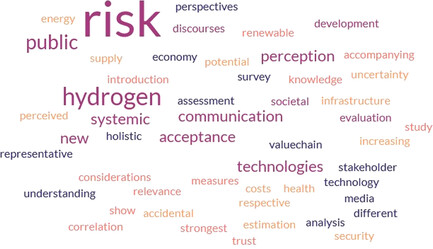
Herein, a holistic understanding of risk perception that includes systemic risks along the hydrogen value chain is provided. A media analysis is combined with a representative survey in Germany. Results show a rather low risk perception of hydrogen in the public combined with a high degree of uncertainty, which shows the relevance of accompanying communication measures.
Long-Term Stability of Ammonia Decomposition over Nickel-Based Catalysts
- First Published: 22 April 2024
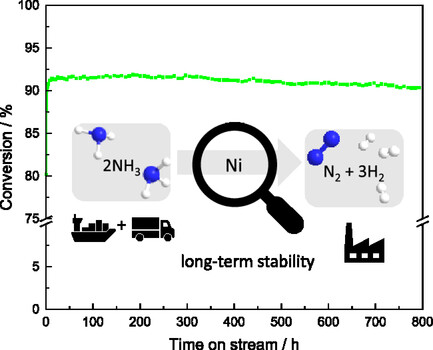
The long-term stability of a Ni-based industrial reference catalyst and of a Ni/Al2O3 catalyst prepared by co-precipitation are investigated in ammonia decomposition at atmospheric pressure. The reference catalyst shows an outstanding stability rendering it suitable for the application in large-scale plants, whereas the Ni/Al2O3 catalyst suffers from deactivation by sintering.
The Ammonia Combustion Engine for Future Power Generation Applications
- First Published: 17 December 2023

Ammonia is a promising noncarbon fuel option for internal combustion engines in power generation applications. Herein, a spark ignition prechamber combustion system is investigated on a single-cylinder research engine in a load range of 0.3–2.5 MPa indicated mean effective pressure. The article summarizes the key engine modifications and provides an outlook on the engine performance.




